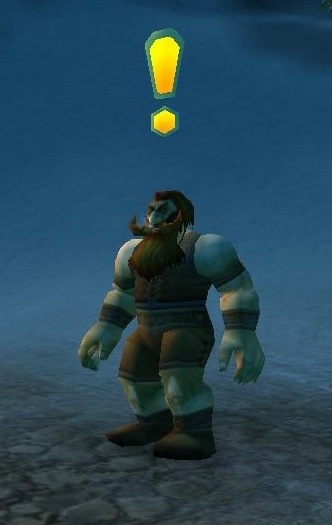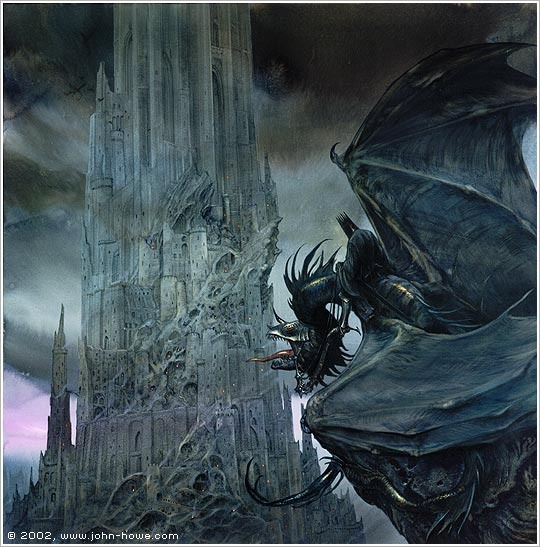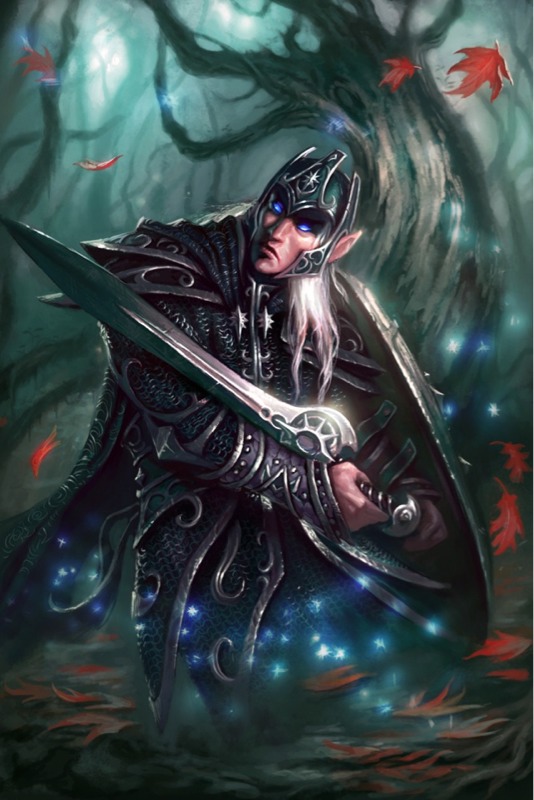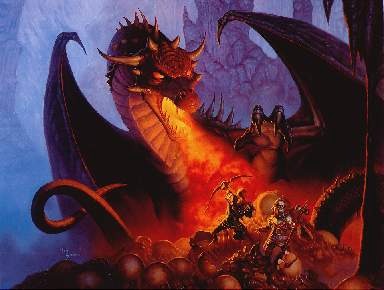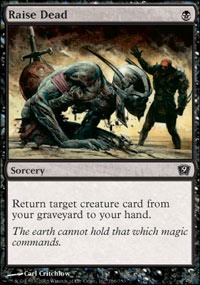Review: HS2 "Orcs of Stonefang Pass"
What if you slew a level 16 earth Titan and nobody cared?" I was expecting an adventure about slaying orcs, and was initially very excited about this module. The adventure really ran it of steam after the first two sessions and the rest was a bore. This is already starting to be a rant but I feel it's almost a public service at this point.
This letdown was particularly acute because HS1 athe Slaying Stone was so excellent. HS2 was just puzzling. Not only is it completely linear but unnecessarily long. Everything it brought to the table was over with in the first 4 hours, the rest felt like bookkeeping. I had believed that the "HS" were do-overs of H1 and H2 and by the Ed of the adventure I was left pining for Thunderspire Labyrinth.
The first 2 sessions have a rough fight against some hippogriffs and crazy water shooting fish with a bridge and waterfall. There are some great moments exploring the pass and discovering its history. Then earthquakes and jumping spiders. And then a gatehouse with traps and a mechanism. This was the high point of the module and every thing after that was unfortunately down hill.
There are orcs. And then orcs, and then orcs. And not only were these orcs the same stat block and abilities as all other orcs, but the same Orc scenario was run an least 3 times with the same monsters - the players seemed to wonder what was going on.
I would definitely recommend the module's first half, everything else requires a lot of fixing.
